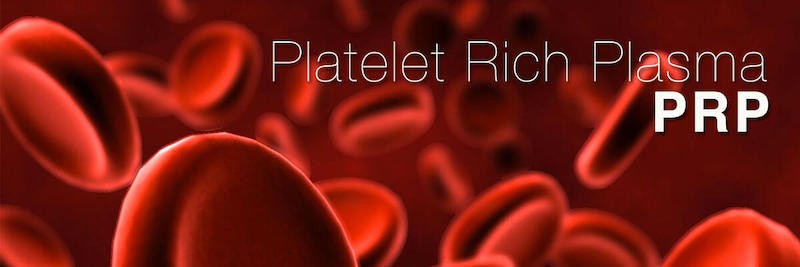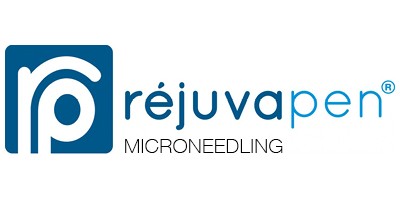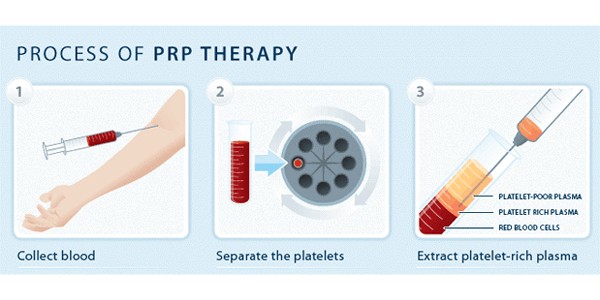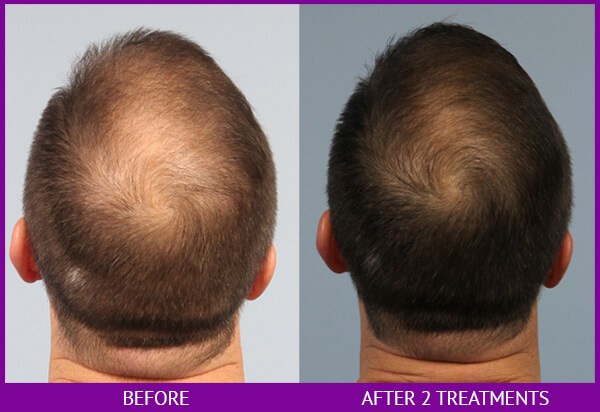
Our Platelets play an important role in healing injuries, as there are numerous growth factor proteins contained within platelets. When these types of proteins sense an injury, they go to work at repairing or removing the damage and inflammation.
The wound healing process results in increased TGF-beta, FGF-7, and Epidermal growth factor (EGF) which promotes natural collagen and decreases scarring. There are 4 distinct phases of the wound healing process-
Wound Healing Phases:
- Inflammatory Phase (Days 1-2): White blood cells migrate to the wound to clear damaged cells and debris.
- Lag and Proliferative Phase (Days 3-4): Collagen production requires adequate oxygen levels. Wounds have compromised blood flow, which means blood flow is either stopped or inadequate and therefore the oxygen supply is limited. New blood vessels start to form in order to give the tissue optimal blood perfusion. At the same time, fibroblasts start laying down new collagen fibers.
- Fibroplastic Phase (Days 5-20) During this phase, new tissue production continues with the help of growth factors previously mentioned.
- Maturation and Remodeling Phase (Days 28- 2 years) Collagen that has been made in the previous stages is now maturing. During this stage, cross-links start to develop between the collagen molecules and any molecules that may have formed in a disorganized fashion are now reoriented properly. This gives the skin strength and support along with evening pigmentation.

PRP with Microneedling
Microneedling is, effectively, a controlled wounding of the dermis and epidermis. We purposefully induce the wound healing process to stimulate the presence of natural growth factors and collagen, ultimately leading to healthier skin.*
Specific skin conditions most affectively treated with Microneedling:
- Wrinkles and lax skin
- Scarring
- Hyperpigmentation
- Premature aging and UV damage
- Stretch marks
- Hair loss
- Thin skin density
- Rosacea
Now, with the addition of Platelet Rich Plasma to the Microneedling procedure, we can shorten and enhance the wound healing process by introducing those growth factors sooner and in abundance.* This leads to even better results than Microneedling alone!*
How PRP Treatment Works
A vial of your blood is drawn at the office and placed into a centrifuge. The blood is “spun down” with centrifugal force, separating the heavier red blood cell sediment to the bottom of the vial leaving the Platelet Rich Plasma on the top. The plasma is carefully drawn out of the vial and placed in a syringe to either inject it into the treatment area or use it as a topical solution to use with Microneedling.
The process of drawing blood is quick and easy. You may feel a pinching feeling when first poked with the needle, then very little sensation is felt while the vial of blood is being drawn. And afterward, you get a lollipop!

PRP for Hair Loss
Use of PRP is also an effective treatment for hair restoration, either with Microneedling or spot injection. The treatment stimulates blood flow to the weakened hair follicles, increasing fibroblast growth factor and leading to new growth.* PRP introduces a supra-physiologic release in activated growth factors (particularly platelet derived growth factor) encouraging hair canal formation.
Microneedling and PRP only affects our terminal hair follicles, or androgenic follicles, which are only located on our scalp. So, treatment will not grow facial or body hair… don’t worry. If you are concerned with unwanted facial or body hair, we have another treatment solution called Laser Hair Removal!

*Individual results may vary.
Why PRP?
PRP is a wonderful skin rejuvenating treatment and is great for receding hair lines and early-onset balding, though there are plenty of other non-cosmetic uses for PRP in medicine.* The science behind PRP is evident and it is quickly becoming a premier treatment in Aesthetic Medicine and in our practice. What better way to enhance your skin than with your body’s own natural healing power?
